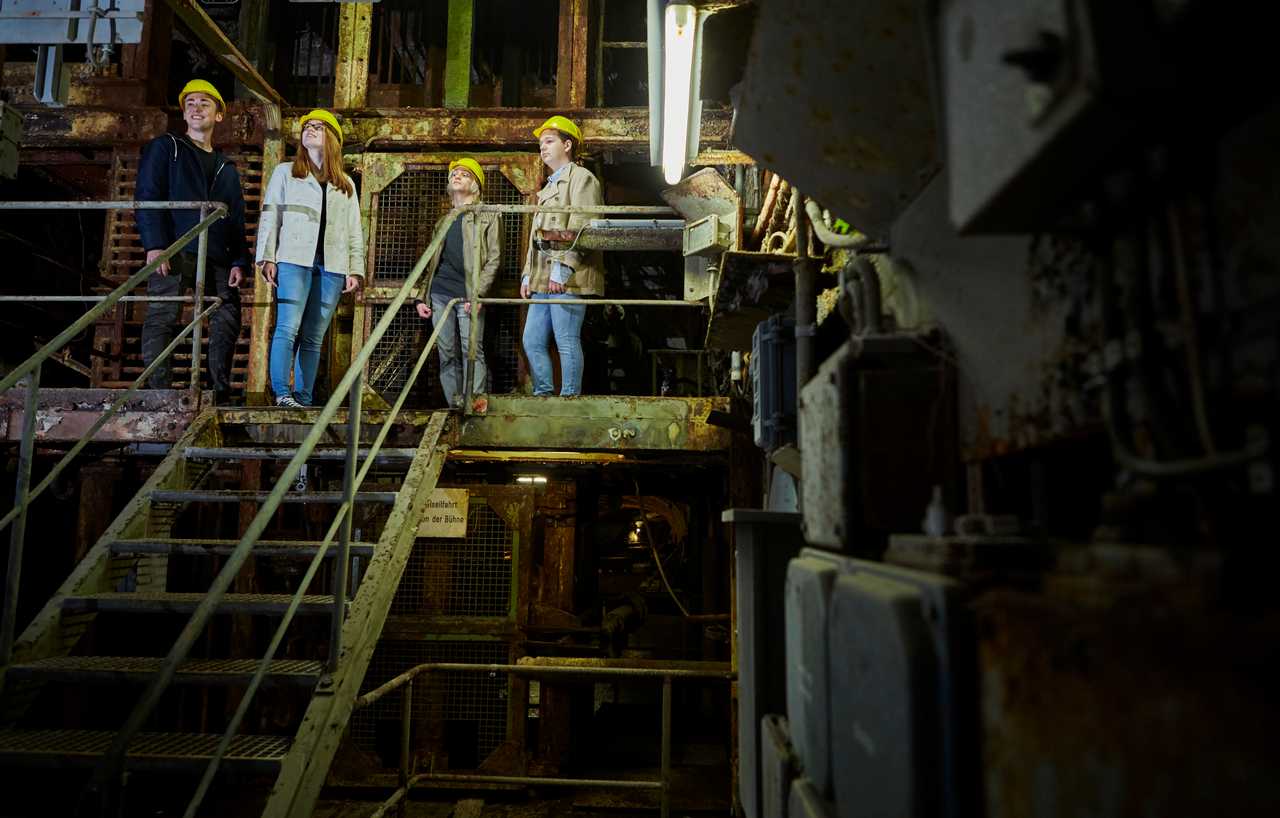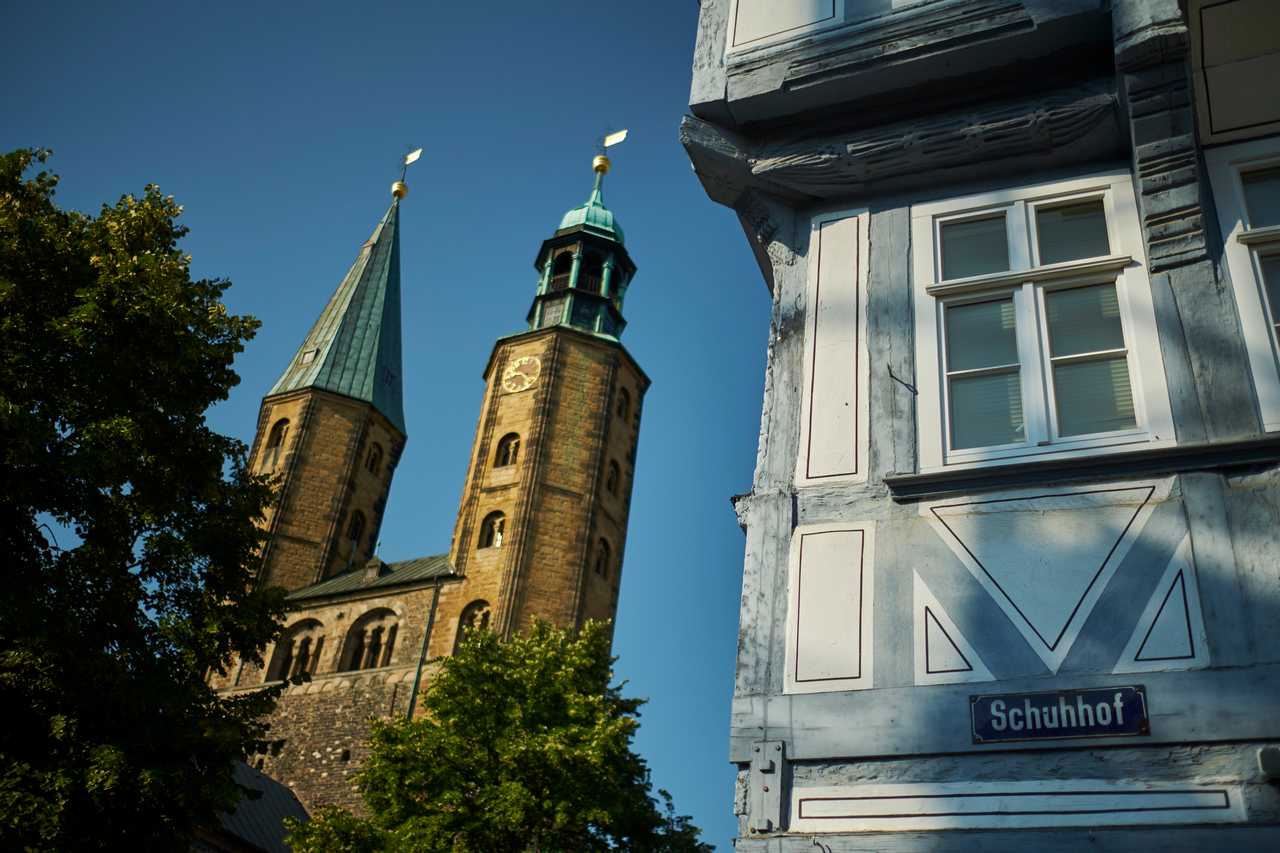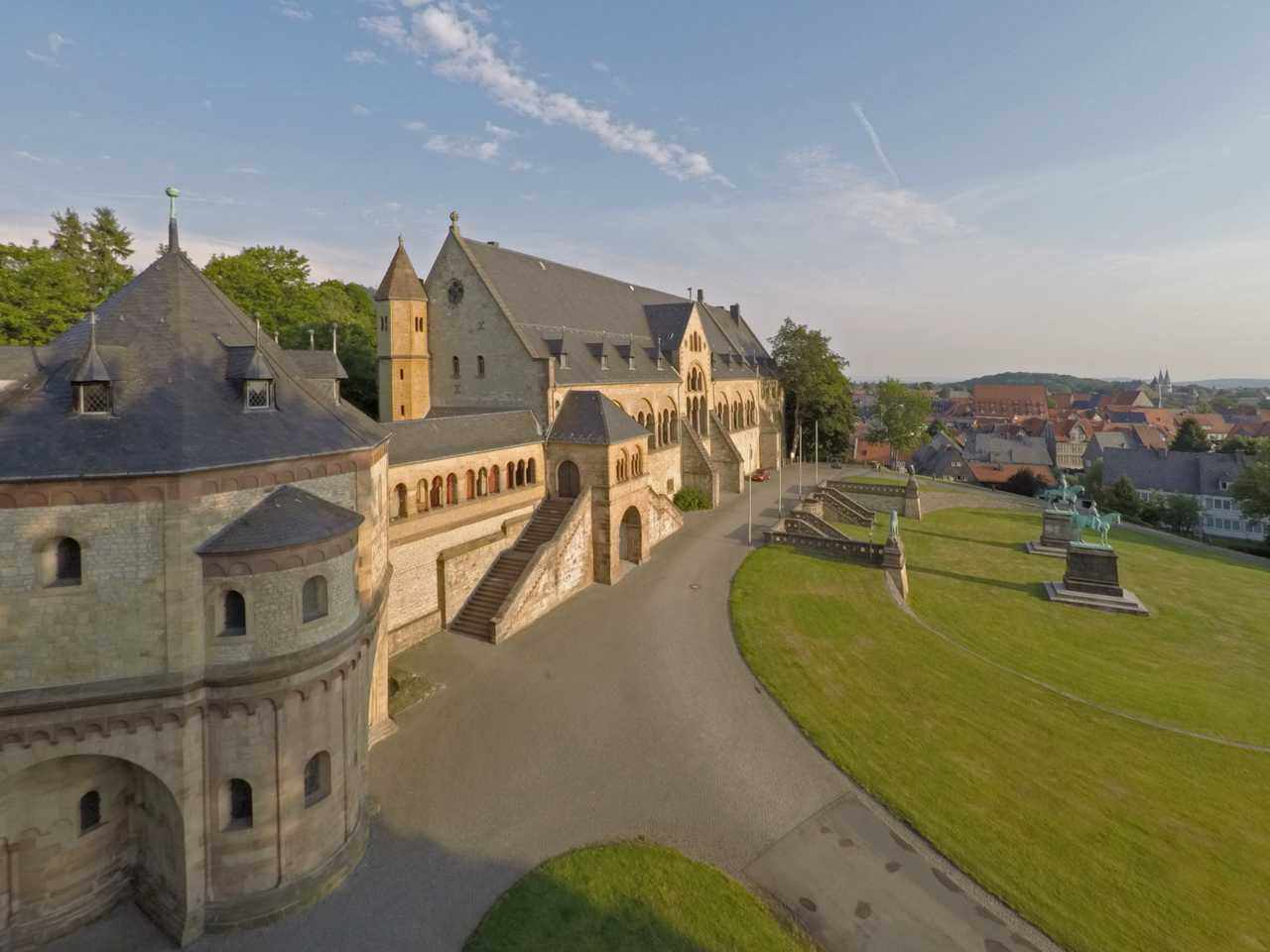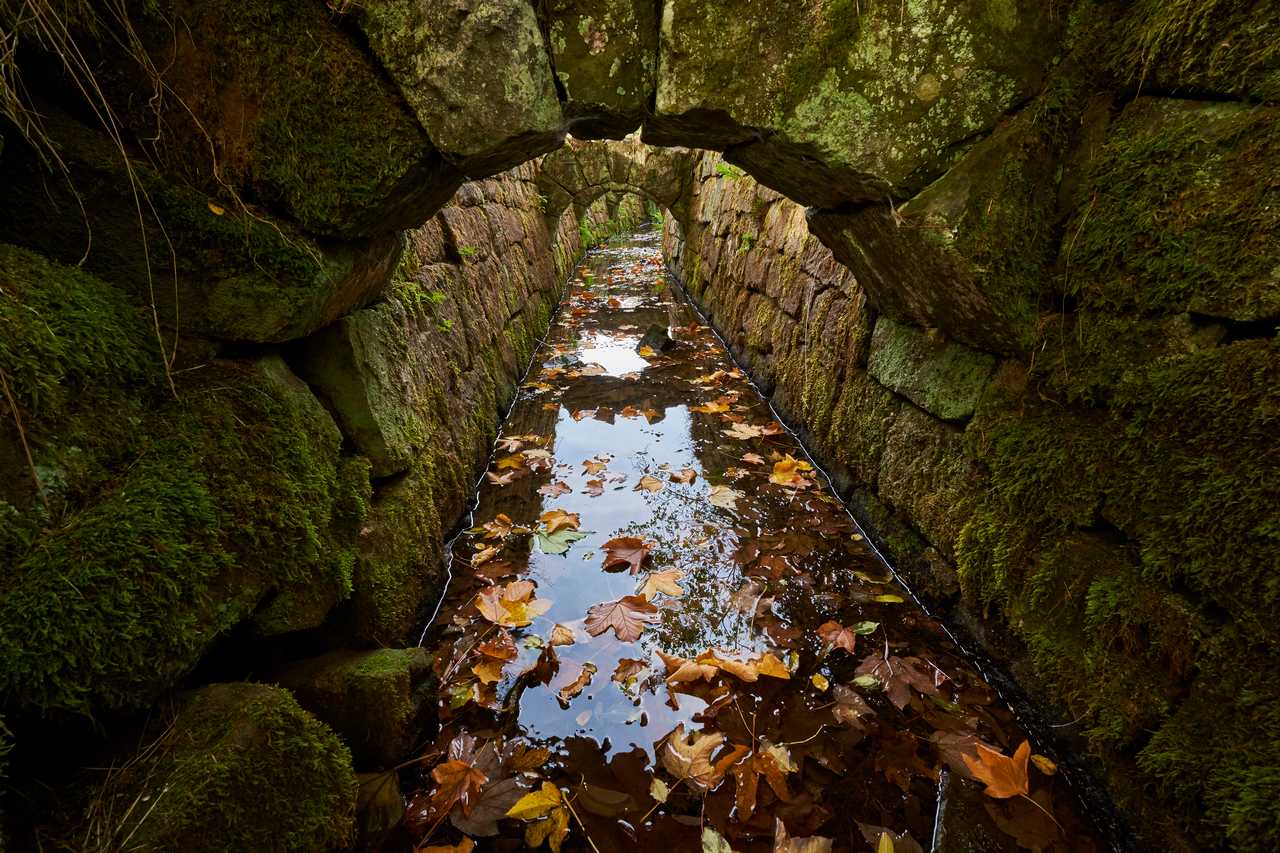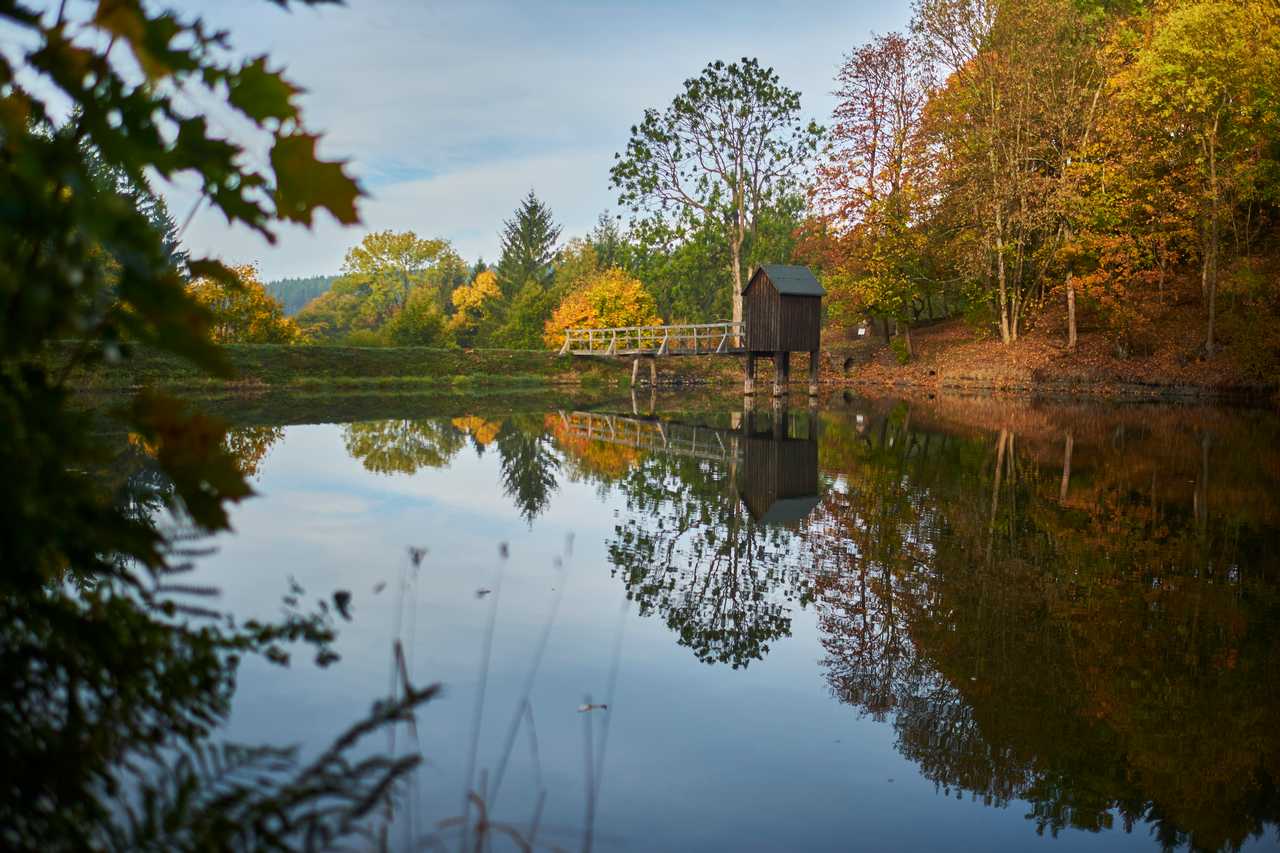
UNESCO World Heritage in the Harz
At the UNESCO World Heritage Site "Mines of Rammelsberg, Historic Town of Goslar and Upper Harz Water Management System", in short: UNESCO World Heritage in the Harz, you will find traces and monuments from 3000 years of mining, spread over an area of more than 200 km².
The World Heritage Site in the Harz Mountains is a cultural landscape formed by centuries of interaction between ore and man. Major thematic focal points are: Resources and economy, landscape and culture, politics, technology, science and architecture.
Goslar. Rammelsberg. Upper Harz.
Mining in the Harz began at the Rammelsberg. The mining activities of the rich non-ferrous metal ore shaped the town of Goslar and the surrounding landscape. They brought prosperity and political importance to the town, which is also reflected in the Imperial Palace (Kaiserpfalz). The town hall, numerous churches and fortifications, burghers' and guild houses and over 1,500 half-timbered houses also bear witness to the influence of mining on the town.
The Upper Harz Water Management is considered the world's most important pre-industrial energy supply system, created between the 16th and 19th centuries to collect, store and channel water. The system includes important architectural monuments, above- and belowground, such as Walkenried Monastery.
Climate change challenge
In order to protect all these areas, we must develop fast, sustainable and effective solutions to look to the future in an environmentally friendly and climate neutral way. Already, the forests in the Harz Mountains are among the most threatened in Germany, due to climate change.
The spruce forests, planted for construction and firewood for mining, are dying on a large scale. Soils that have dried out due to increasing drought and falling groundwater levels are causing major problems. In addition, there is danger of fire, damage from storms and heavy rainfall events with flood consequences.
In order to protect the cultural landscape, buildings and underground areas of the World Heritage Site, it is crucial that young people get involved in preservation efforts. The Young Climate Action project participants will get to know the World Heritage Site in all its facets and at the same time learn about the hitherto visible consequences of climate change in the Harz Mountains. They will research whether there may have been models for a more sustainable use of resources in the past. They will shed light on the overall social process triggered by the acute climate, energy and raw materials crisis. And finally, they will discuss whether, in addition to technical solutions to the problems, a fundamental rethinking of our way of life might have to take place.
More Information on the og the UNESCO WordHeritage Convention: Mines of Rammelsberg, Historic Town of Goslar and Upper Harz Water Management System - UNESCO World Heritage Centre
Photos: Stefan Sobotta/ Visum.

